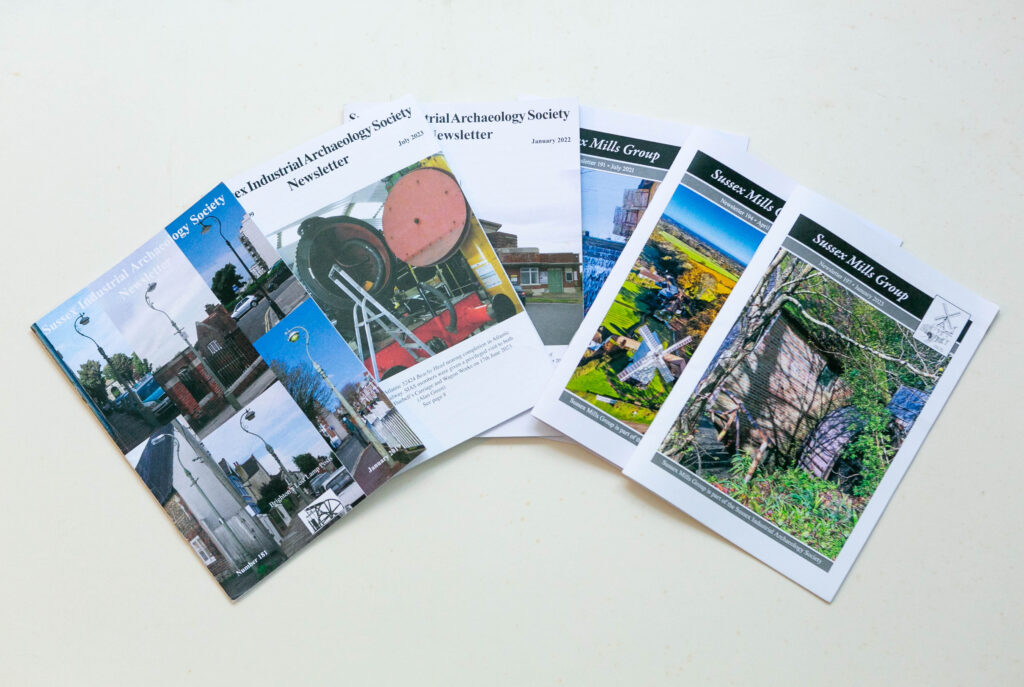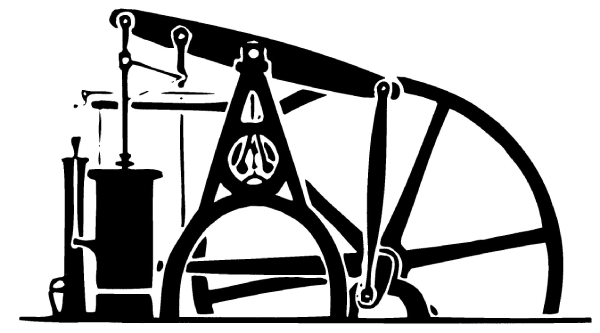
- Newsletter 162 – April 2014
- Newsletter 161 – January 2014
- Newsletter 160 – October 2013
- Newsletter 159 – July 2013
- Newsletter 158 – April 2013
- Newsletter 157 – January 2013
- Newsletter 156 – October 2012
- Newsletter 155 – July 2012
- Newsletter 154 – April 2012
- Newsletter 153 – January 2012
- Newsletter 152 – October 2011
- Newsletter 151 – July 2011
- Newsletter 150 – April 2011
- Newsletter 149 – January 2011
- Newsletter 148 – October 2010
- Newsletter 147 – July 2010
- Newsletter 146 – April 2010
- Newsletter 145 – January 2010
- Newsletter 144 – October 2009
- Newsletter 143 – July 2009
- Newsletter 142 – April 2009
- Newsletter 141 – January 2009
- Newsletter 140 – October 2008
- Newsletter 139 – July 2008
- Newsletter 138 – April 2008
- Newsletter 137 – January 2008
- Newsletter 136 – October 2007
- Newsletter 135 – July 2007
- Newsletter 134 – April 2007
The newsletters below are scanned from printed versions.
Originals of 42 to 133 were in A5 format.Some Issues are not easy to read.
- Newsletter 133
- Newsletter 132
- Newsletter 131
- Newsletter 130
- Newsletter 129
- Newsletter 128
- Newsletter 127
- Newsletter 126
- Newsletter 125
- Newsletter 124
- Newsletter 123
- Newsletter 122
- Newsletter 121
- Newsletter 120
- Newsletter 119
- Newsletter 118
- Newsletter 117
- Newsletter 116
- Newsletter 115
- Newsletter 114
- Newsletter 113
- Newsletter 112
- Newsletter 111
- Newsletter 110
- Newsletter 109
- Newsletter 108
- Newsletter 107
- Newsletter 106
- Newsletter 105
- Newsletter 104
- Newsletter 103
- Newsletter 102
- Newsletter 101
- Newsletter 100
- Newsletter 99
- Newsletter 98
- Newsletter 97
- Newsletter 96
- Newsletter 95
- Newsletter 94
- Newsletter 93
- Newsletter 92
- Newsletter 91
Mysterious structure – conclusion, Lost Mills of Sussex – Sutton, The Hundred of Manhood & Selsey Tramway - Newsletter 90
Jottings from Coultershaw, South Downs Chalk Pits in 1858, Early Wheat Varieties
 Sussex Industrial
Sussex Industrial